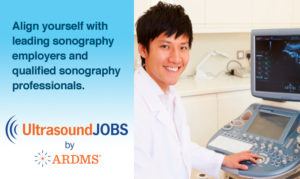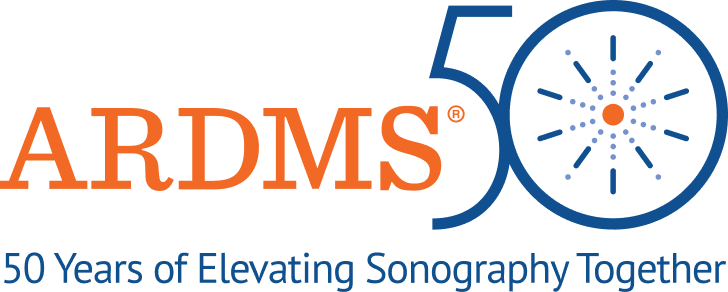 The sonography profession has grown significantly over the past 25 years and ARDMS is committed to developing resources to help you advance your career after certification.
The sonography profession has grown significantly over the past 25 years and ARDMS is committed to developing resources to help you advance your career after certification.
You can find hundreds of sonography-specific positions from around the country on UltrasoundJOBS by ARDMS, the largest ultrasound-related career site. You can also read testimonials from practicing sonographers to see what they have to say about this exciting and evolving career. For the latest sonography-related career updates from UltrasoundJOBS by ARDMS like us on Facebook.
Are you a student and considering a career in sonography? Discover your sonography student resources. For other sonographer career-related resources please read below!
SONOGRAPHY EDUCATION PROGRAMS
Want to learn more about sonography education programs and what may be available to you? Check out the following resources.
• Choose between a Commission on Accreditation of Allied Health Education Program (CAAHEP) and a non-CAAHEP accredited program (Listen to the Podcast on CAAHEP vs. Non-CAAHEP Program Accreditation)
• Find a CAAHEP program in your area
• Find an accredited program in Canada through the Canadian Medical Association (CMA)/Canadian Health Standards Organization (HSO).
WHAT DOES A DIAGNOSTIC MEDICAL SONOGRAPHER DO?
A diagnostic medical sonographer is a highly-skilled professional who uses specialized equipment to create images (sonograms) of structures inside the human body. Physicians interpret the images to make a medical diagnosis.
The professional responsibilities of a diagnostic medical sonographer include, but are not limited, to:
• Obtaining and recording an accurate patient history
• Performing diagnostic procedures and obtaining diagnostic images
• Analyzing technical information
• Using independent judgment in recognizing the need to extend the scope of the procedure according to the diagnostic findings
• Providing an oral or written summary of the technical findings to the physician for medical diagnosis
• Providing quality patient care
• Collaborating with physicians and other members of the health care team
WHAT IS SONOGRAPHY?
Sonography is a non-invasive medical procedure that uses the echoes of high-frequency sound waves (ultrasound) to construct an image (sonogram) of internal organs or body structures.
In sonography, a transmitting device (the transducer) sends out high-frequency ultrasound waves. Harmless sound waves, which contain no radiation, bounce off the surfaces of the object they hit. The reflected sound forms an echo which is visualized on the screen.
There are several areas of specialization in the field of sonography, including:
• Abdomen (AB) – evaluation of all the soft tissues, blood vessels and organs of the abdominal cavities (for example, liver, spleen, urinary tract and pancreas)
• Breast (BR) – evaluation of breast abnormalities that are found with screening or diagnostic mammography
• Cardiac (Adult Echocardiography (AE), Pediatric Echocardiography (PE) and Fetal Echocardiography (FE) – evaluation of the anatomy and hemodynamics (blood flow) of the heart, its valves and related blood vessels, including Adult Echocardiography (AE), Pediatric Echocardiography (PE) and Fetal Echocardiography (FE)
• Musculoskeletal (MSK) – evaluation of joints and soft tissue
• Pediatric Sonography (PS) – evaluation of the head, spine, chest, hips/ joints and the male and female genitourinary system of the pediatric patient
• Obstetrics (OB)/Gynecology – evaluation of the female reproductive system
• Vascular Technology (VT) – evaluation and analysis of the hemodynamics (blood flow) of peripheral and abdominal blood vessels
To learn more, order a Patient Brochure or purchase copies for your office to educate patients.
